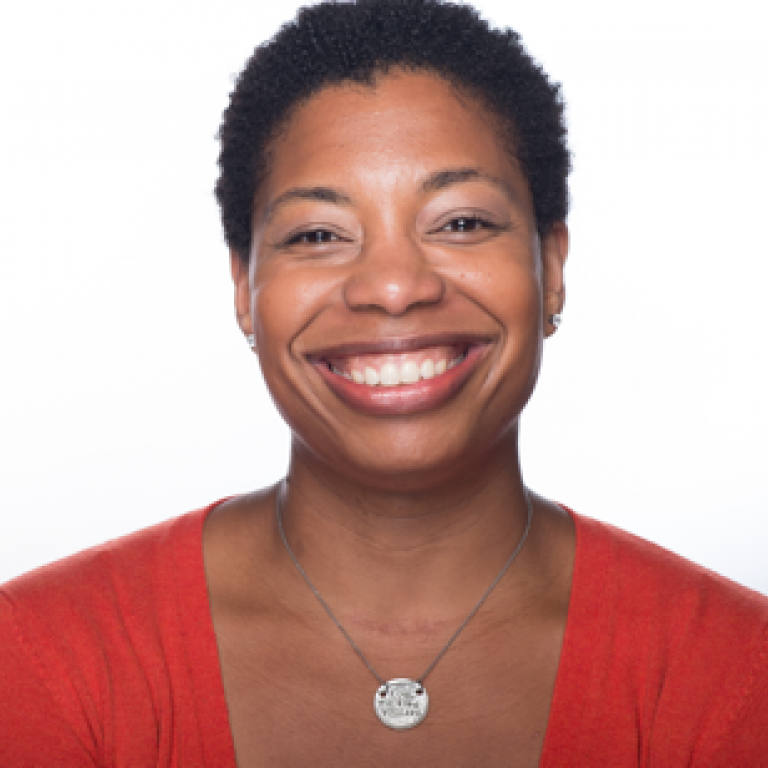New Faculty — Fall 2020
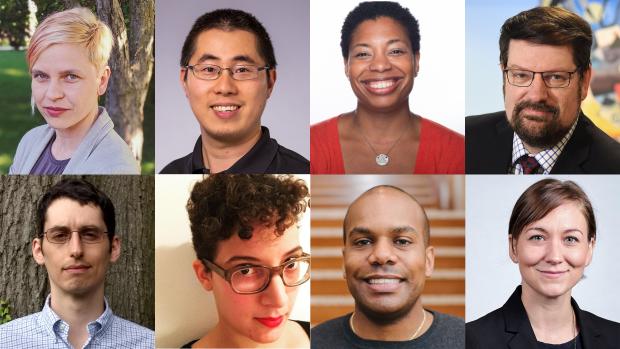
Whether they’re mitigating the effects of manmade pollutants, developing new methods of medical imaging, or any number of other transformative goals, our new faculty members share a focus on improving the world — and helping Tandon students do the same.
- Jennifer Apell
- Regine Gilbert
- Danya Glabau
- Andreas Hielscher
- Danny Yuxing Huang
- Rui Li
- Christopher Policastro
- Darryl Reeves
- Alice Reznickova
______________________________________________________________________________
Jennifer Apell
Protecting human health and the ecosystem
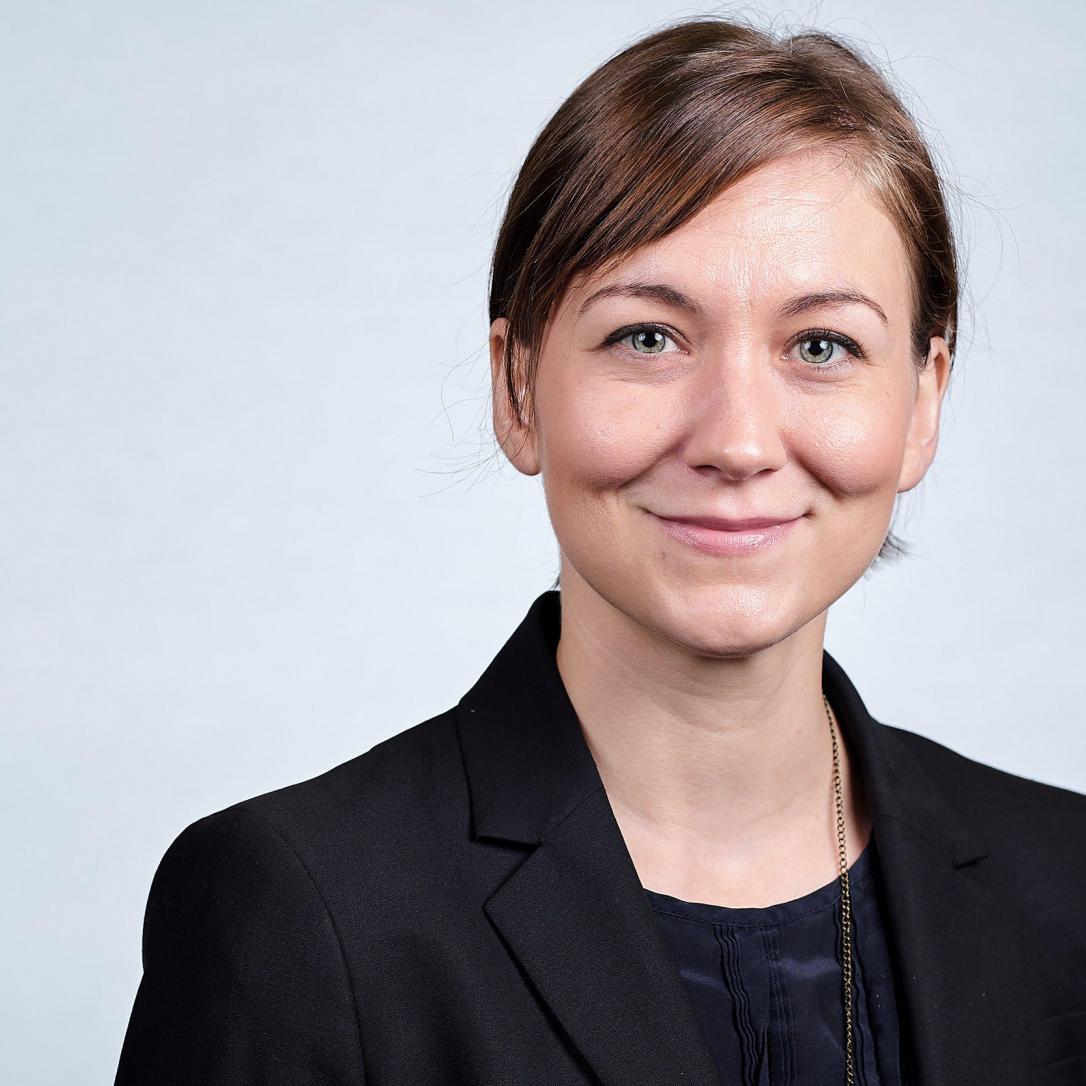 Assistant Professor Jennifer Apell — who holds a doctoral degree in Environmental Chemistry from the Massachusetts Institute of Technology — works within Tandon’s Department of Civil and Urban Engineering to research manmade organic pollutants: How many are released into our environment? How quickly are they transported throughout the soil, water, and air? Can their detrimental effects be mitigated?
Assistant Professor Jennifer Apell — who holds a doctoral degree in Environmental Chemistry from the Massachusetts Institute of Technology — works within Tandon’s Department of Civil and Urban Engineering to research manmade organic pollutants: How many are released into our environment? How quickly are they transported throughout the soil, water, and air? Can their detrimental effects be mitigated?
Environmental engineering is a relatively new field, she explains. It was not until 1969 — when Ohio’s Cuyahoga River became so laden with contaminants that it caught on fire — that the issue of pollution came into focus for many Americans. With mounting evidence of the deleterious effects that humans were having on their environment, congress passed several pieces of landmark legislation, such as the Clean Air Act and Clean Water Act, and created the Environmental Protection Agency (EPA) to oversee their implementation.
While we’ve learned a great deal about the dangers of pollutants since then, new hazards continually arise. Apell takes a pragmatic view of the problem. “The pharmaceutical industry, for example, is going to continue to develop new and better drugs in an effort to improve medical treatment, and they certainly shouldn’t stop doing that,” she says. “It’s our job as environmental engineers to realize that there’s a danger those drugs will eventually end up in the water supply or in landfills and try to deal proactively with the problem.” Even seemingly innocuous manufacturing tasks can have unforeseen effects that need to be monitored and addressed. “Consider common machine oil,” she explains. “It has additives and those additives are going to go somewhere.”
Apell’s ultimate goal is to protect human health and the ecosystem. “When the EPA was first established, it was in reaction to obvious risks,” she says. “Things have evolved somewhat since then; we are now trying to avoid risk by predicting in advance how pollutants will spread through the environment, quantifying our exposure to them, and designing effective treatment systems.”
Regine Gilbert
More inclusive design, a more inclusive world
Industry Assistant Professor Regine Gilbert is doing her part to make the world a more inclusive and accessible place. As a user experience designer, she has helped such major companies as Ralph Lauren, Colgate, and Vitamin Shoppe ensure that their websites and mobile platforms can be used by all, and she brings that professional sensibility to bear within her Integrated Digital Media (IDM) classes.
“To me, the user comes first,” she explains. “I tell my students to think about who will be using the systems and products they design. Could someone vision impaired employ an assistive reading device to decipher any text involved or have you included animations and emojis that might make that difficult? If they were hearing impaired or had limited mobility, what provisions have you made for that? We’re living in an era of progress, but it can’t be characterized as truly progressive if not everybody can participate.”
Gilbert, an in-demand presenter at such events as the International User Experience Professional Association conference and the Design and Diversity conference, has taught in semesters past as a visiting professor at Tandon, and this summer, her course called upon Tandon students to build an immersive app for an actual client who is visually impaired. There’s more than academic credit and a grade at stake: at the end of the session, the client will choose a winning project, which will then be built by Rose Digital, a top-tier firm that has created web-based AR and VR experiences for brands like Adidas.
Her students undoubtedly consider themselves lucky to be instructed by someone with such a wealth of practical industry experience, but in Gilbert’s case, it goes even further than that: they can say their professor — very literally — wrote the book. In 2019 she published Inclusive Design for a Digital World: Designing with Accessibility in Mind, a comprehensive volume that explores the Web Content Accessibility Guidelines, best practices for web development, and more.
“Technology has, overall, increased connection and information equality around the world,” she asserts. “If we want to keep that trajectory going, now’s the time to make access and usability of new tech a priority, and Tandon’s IDM students are going to be well-equipped to do that.”
Danya Glabau
The scientific process, ethics, and more
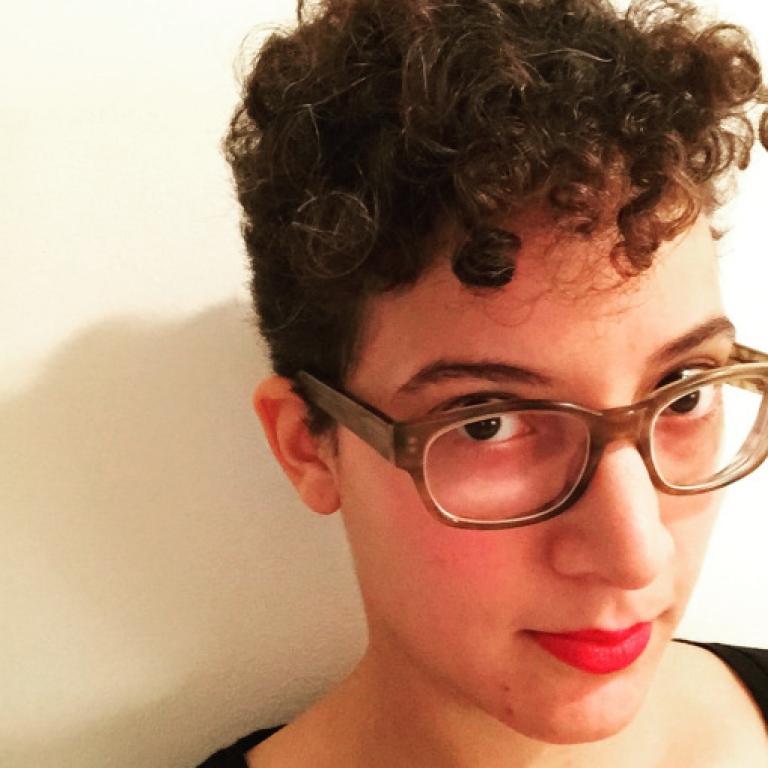
Industry Assistant Professor Danya Glabau’s introductory Science, Technology, and Society course will present an historical overview of the field — which seeks to examine how science and technology impact humanity in ways both beneficial and harmful. Required for anyone majoring in Science and Technology Studies (STS), a program that Glabau directs, the class will cover how the scientific process works, look at the benefits and potential dangers of relatively new technologies like facial recognition and social media apps, delve into case histories involving medical ethics, and more.
Glabau, who previously served as the interim director of STS, has several years of teaching experience, much of it concerned with ethics and morality: she has long stressed the need for those building technology and infrastructure to consider who might be helped and who might be harmed by their innovations.
“Tandon students graduate with the skills they need to create all types of cutting-edge tech, from new modes of engineering proteins to treat medical conditions to novel ways of using big data and artificial intelligence,” she says. “Those are complex issues with varied ramifications, so it’s important that ethics be an integral part of their engineering education.”
Glabau has much to look forward to besides her introductory class. She currently has two books in pre-publication (one on cyborg culture and one on food allergy activism), and she is participating this fall in one of NYU’s “Big Ideas” offerings, which allow students to engage with faculty experts from across the University to explore themes and topics relevant to today's issues. (In her case, the theme will be the interactions between trust, technology, and society: Has technology nourished a growing mistrust in society? If so, can it play a role in restoring those frayed bonds of trust?)
She is excited, as well, about further expanding a new Tandon minor called Feminism and Science, Technology, Engineering and Math (FSTEM), which she spearheaded last year and which aims to give students a critical understanding of the ways that gender, race, nationality, class, and ability, shape — and are shaped — by modern science and technology.
“The world is getting increasingly complex, and engineers and technologists are facing increasing challenges,” she says. “My goal is to prepare students to do work that is aligned with the highest ethical principles, even in those challenging situations.”
Andreas Hielscher
A new department chair with a longtime Tandon connection
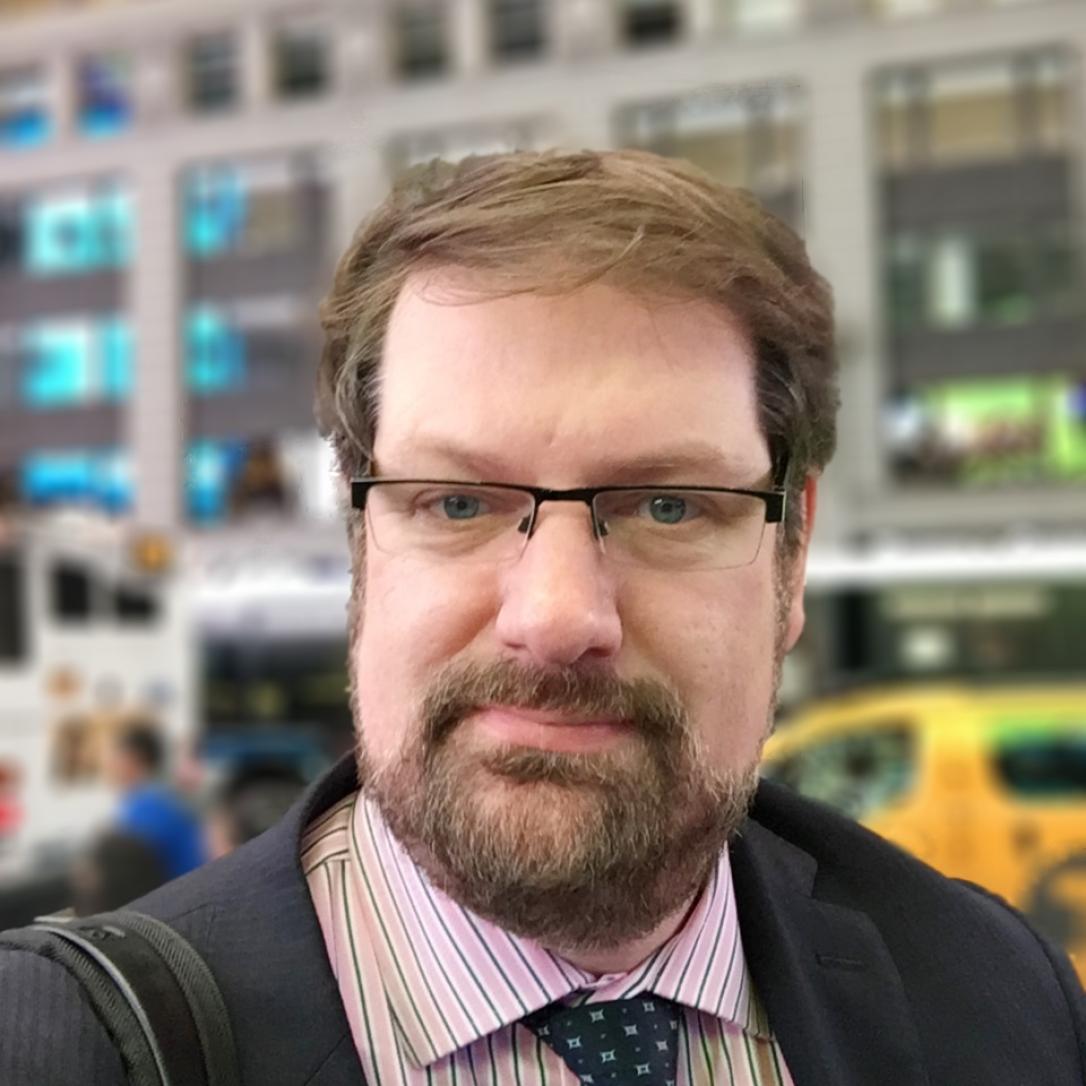 Professor Andreas Hielscher arrives at NYU Tandon with extensive research and teaching experience — and a strong historical connection to the school.
Professor Andreas Hielscher arrives at NYU Tandon with extensive research and teaching experience — and a strong historical connection to the school.
“About 20 years ago, I completed a fellowship at the Los Alamos National Laboratory, where I investigated new ways of modelling light propagation in biological tissues, a burgeoning field at that time,” he recalls. “When I was subsequently invited to work at the State University of New York (SUNY) medical school, I saw it as a great opportunity to apply this theoretical knowledge to real clinical problems. At the same time, I needed engineering students for my group. Brooklyn Poly, the precursor to Tandon, was the obvious place to look. We launched a new joint program with the help of SUNY’s Randall Barbour and Yao Wang, who is now Tandon’s Associate Dean for Faculty Affairs, and I was appointed one of its first professors.”
Hielscher never got the chance to deepen that connection, however. After he had secured his first National Institutes of Health (NIH) grant, he was recruited by Columbia University, which had just opened a biomedical engineering department. He remained at Columbia until this year but is now excited to return to his career roots in Brooklyn, to continue where he started two decades ago.
As the new chair of Tandon’s Department of Biomedical Engineering, Hielscher has big plans. There are new faculty members to hire, Ph.D. and undergraduate programs to get off the ground, and partnerships to forge with NYU’s Grossman School of Medicine and the NYU Langone Medical Center. “Building on Mary Cowman’s work to establish the department, and leveraging the excellence of the medical expertise at NYU, we should become one of the premier Departments of Biomedical Engineering in the country,” he says.
He is also very enthusiastic about the opportunities for international collaboration that NYU presents with schools, for example, in Abu Dhabi and Shanghai. Hielscher has long been interested in strengthening the bonds between physicians and engineers on a global scale. “With partners from Jordan (including a former NYU Tandon graduate, Prof. Rabah Al Abdi) we have established a Mideast Limb Salvage Consortium,” he says. “Our goal is to develop new technologies and methods to address the fast-growing problem of diabetes and its related diseases in the region.”
That’s just one facet of his own research, which has been continually funded by the National Institutes of Health ever since that first long-ago grant. Hielscher, who will oversee his own Clinical Biophotonics Laboratory at Tandon, focuses on developing new medical imaging technologies that use near-infrared light instead of more common X-rays or ultrasound. Light transmitted through the human body, he explains, can provide information about the blood and oxygen supply in various tissues, and that information can be used by clinicians to diagnose and monitor various diseases.
The owner of several patents, he has applied biophotonic technology in multiple areas, including breast cancer, rheumatoid arthritis, and peripheral artery disease (PAD) in diabetic patients, and his work is often published in both engineering journals and those aimed at clinicians, such as Breast Cancer Research and Treatment, Pediatric Dermatology, and Radiology.
“The vast majority of my research is highly translational,” he says. “Almost all the projects my team undertakes involve major clinical studies with patients. We want our work to go quickly from lab bench to bedside, where it helps patients.” He concludes, “I’m eager to continue that trajectory at Tandon and to help educate biomedical engineers capable of innovation in disease diagnosis and patient treatment.”
Danny Yuxing Huang
IoT users, take heed
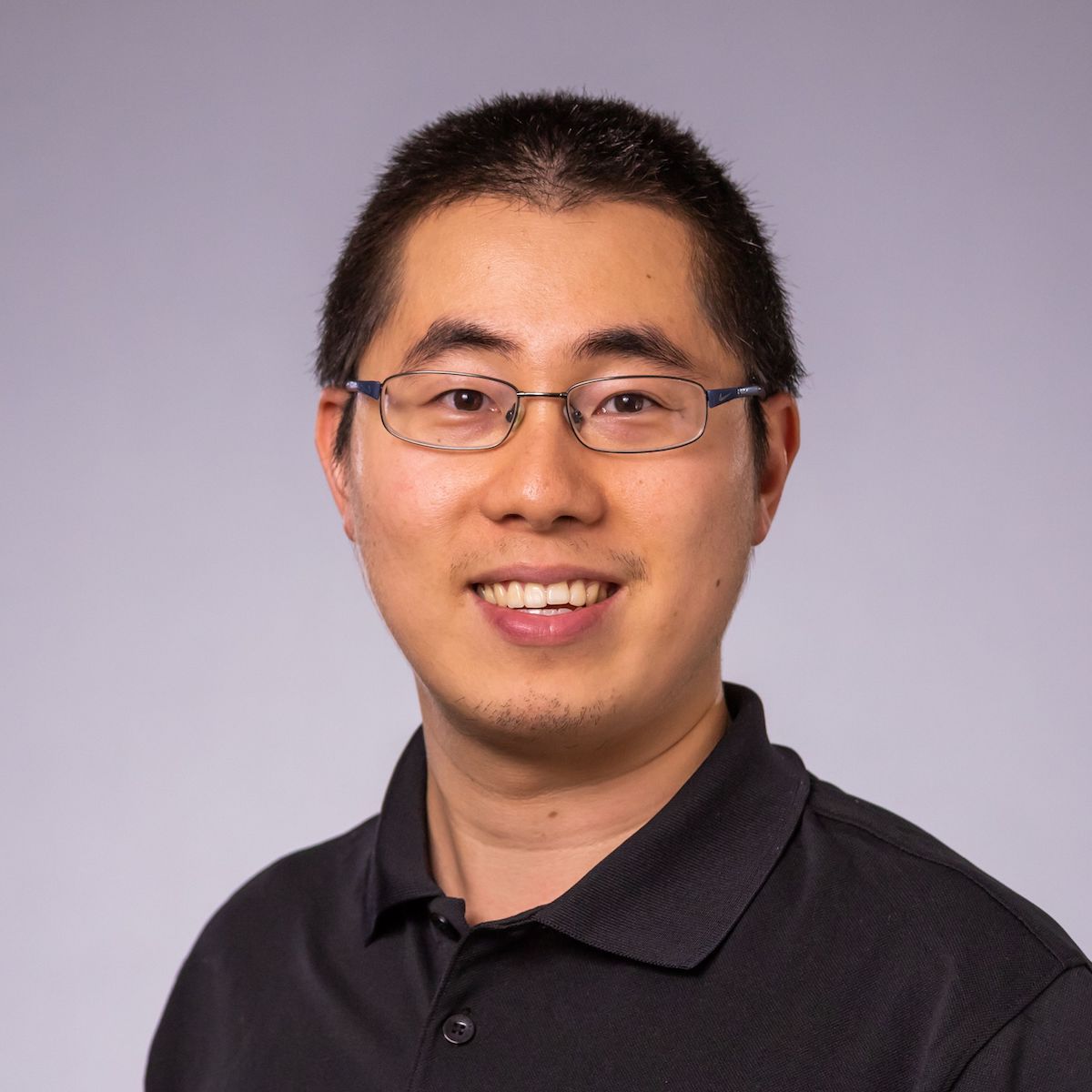 Camera doorbells that let you see who’s there before answering, smart TVs that allow you to browse the web, refrigerators that alert you when you’re out of milk — connected devices have been a boon to consumers in recent years, but as Assistant Professor Danny Yuxing Huang warns, they also invade your privacy in ways you might not have considered before purchasing them.
Camera doorbells that let you see who’s there before answering, smart TVs that allow you to browse the web, refrigerators that alert you when you’re out of milk — connected devices have been a boon to consumers in recent years, but as Assistant Professor Danny Yuxing Huang warns, they also invade your privacy in ways you might not have considered before purchasing them.
Huang came to Tandon following his postdoctoral work at Princeton’s Department of Computer Science and Center for Information Technology Policy and is now a joint professor in Electrical and Computer Engineering, the Center for Urban Science and Progress, and the NYU Center for Cybersecurity. He explains that IoT devices collect massive amounts of data about us and share it with myriad third parties, some of whom might have nefarious purposes.
“We’ve all had the experience of searching on-line for a pair of sneakers, for example, only to be inundated with dozens of sneaker ads the following week,” he says. “That might seem innocuous, but what if you were looking up the side effects of a prescribed drug? Would you want an unknown third party gaining information about your medical conditions?”
To alert users to those possibilities and allow them to make informed choices, Huang has helped develop an open-source IoT tracker that anyone can download to inspect their home network and identify privacy, security, and performance problems associated with their IoT devices.
That work falls under a wider umbrella: he is involved, overall, in using data to protect consumers. Among his other projects is an effort to trace criminal activity like hacking and human trafficking through crypto-currency transactions. “If a hacker installs ransomware, which encrypts and holds a computer user’s files hostage, and then demands payment in Bitcoin before they remove it, they will eventually want to covert the Bitcoin to a standard currency,” he explains. “At that point we can try to help law enforcement agencies identify and track the malefactors.”
Huang was drawn to Tandon, in part, on the strength of its cybersecurity research. He is eager, as well, to introduce Tandon students to his courses in smart device security and privacy and wants them to know that they’ll be working with large, real-world datasets — a byproduct of his time at Princeton and, before that, Google, where he analyzed large datasets of business listings on Google Maps and identified how malicious actors created fake listings.
Huang, who considered a career in filmmaking before setting out on his current path, is happy to make his home base in New York City and hopes to attract a diverse and engaged set of students to his research group here. “I’d encourage anyone who wants to use their computer engineering and data science skills to make a practical, positive impact in an important sector to contact me,” he says.
Rui Li
Teaching Tandon’s newest students
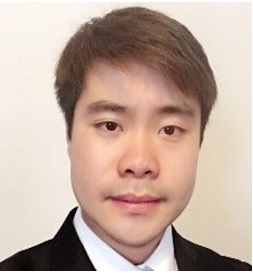 It’s common to call performers adept at acting, singing, and dancing “triple threats.” Similarly, in football, triple threats are skillful runners, passers, and kickers. It would be fair to say that Rui Li, the newest faculty member in Tandon’s General Engineering program, is an academic triple threat — enthusiastic about research, entrepreneurship, and classroom teaching alike.
It’s common to call performers adept at acting, singing, and dancing “triple threats.” Similarly, in football, triple threats are skillful runners, passers, and kickers. It would be fair to say that Rui Li, the newest faculty member in Tandon’s General Engineering program, is an academic triple threat — enthusiastic about research, entrepreneurship, and classroom teaching alike.
Li earned his master’s degree in Chemical Engineering in 2009 from the Imperial College of London and his doctoral degree in mid-2020 from the University of Georgia’s College of Engineering, where his research involved using smartphones, wireless sensors, and 3D printing to create low-cost MRI/CT compatible surgical devices. “Physicians need to extract biological samples from patients for cancer diagnosis, but current procedures are heavily based on the physician's own clinical training, and any missteps can potentially cause serious complications,” he explains. “I created a device that can be used to extract tumor samples safely and accurately for further analysis, with three novel aspects. First, 3D printing allows for fast prototyping as well as the use of plastic, which is important because MRI machines are basically large magnets, so in order for a device to be compatible it must be made from a non-ferromagnetic material. Next, smartphone-based technology results in a device that’s low-cost, easy-to-use (meaning less training for the physician), and portable. Finally, wireless sensors allow the device to be minimally invasive to the patients, miniaturized, and safe.”
Thanks to his strong entrepreneurial streak, while still a student, Li received a 2019 VentureWell Stage 2 grant of $20,000, meant to help inventors and innovators further develop and validate their business models. That same year he also garnered a $50,000 National Science Foundation I-Corps grant, given to academic researchers to help speed their work to market.
It is, however, being in the classroom that most excites Li — a fact he discovered while teaching an undergraduate course at the University of Georgia. “I’m intent on finding out ways to improve student motivation and active learning in engineering topics,” he says. “My goal is to help students build their essential skillsets, tackle complex engineering problems, and be effective when they get out into the work world.”
Li himself has ample knowledge of the work world to convey: he spent several years as an electrical engineer at China’s central television and radio tower in Beijing, running state-of-art television and radio transmitters and overseeing broadcasts for an audience of 1.3 billion people, and he has been active, as well, in the pharmaceutical industry. “Finding success in the real world takes soft skills, as well as technical skills,” he says. “You have to be a good communicator, for example, and know how to work as part of a team.” He hopes to impart all of that to his students. “It’s an honor to have the chance to educate and mentor a new generation of aspiring engineers at Tandon,” he says.
Christopher Policastro
The possibilities of data science
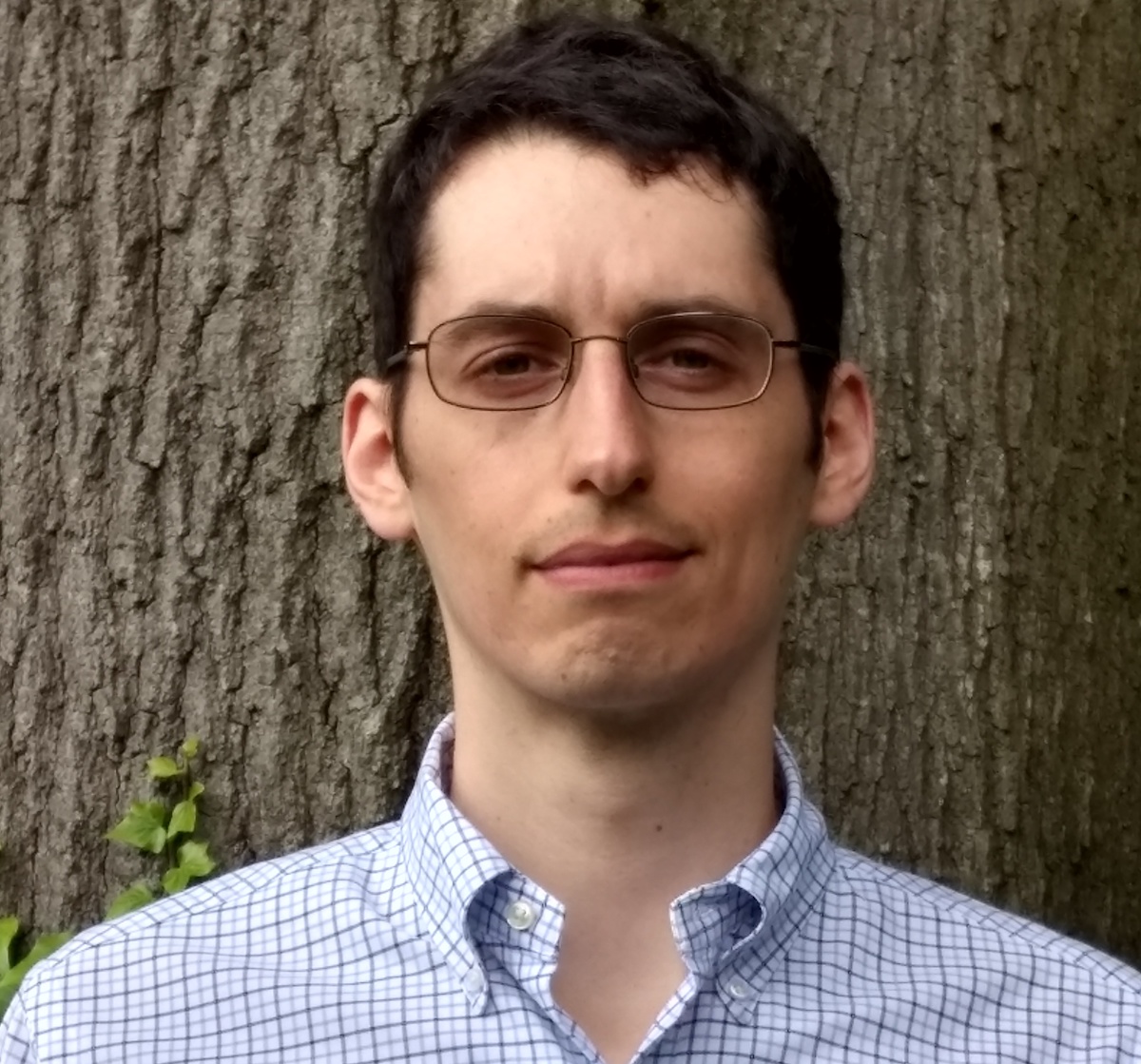 Industry Assistant Professor Christopher Policastro works in data science. He developed an interest in processing and analyzing data as a graduate student studying mathematics at Berkeley. While he would have trouble getting across his research interests to other mathematicians, now, the growth of data has led to more awareness of his field.
Industry Assistant Professor Christopher Policastro works in data science. He developed an interest in processing and analyzing data as a graduate student studying mathematics at Berkeley. While he would have trouble getting across his research interests to other mathematicians, now, the growth of data has led to more awareness of his field.
“Advances in technology for collecting, storing and transmitting information have led to lots and lots of data. While data might seem like a bunch of numbers, we could think of text, images, and recordings as data,” he says. “Actually, we might be the data. Systems that recommend books to us, filter our emails, display advertisements to us, or determine the cost of our insurance use the information behind our habits.”
Policastro joins the Department of Technology Management and Innovation from the Center for Data Science, where he taught in both the graduate and undergraduate programs. His undergraduate courses sought to explain data science to a broader group of students with backgrounds ranging from computer science and economics to linguistics and political science.
He describes the connection between his efforts in developing the curriculum and his efforts in developing educational technologies alongside NYU IT, which has adopted cloud-based solutions for flexible, reliable and scalable learning management systems.
“I wanted the tooling around my classes in data science to reflect the content of my classes,” he explains. “For example, I didn’t want to discuss mass collaboration or reproducible research without providing students with computing and storage resources to share their text, charts, and code with classmates and instructors.”
His move across the river to Brooklyn adds to the growing data science concentration within the Management of Technology program. Policastro — who worked as a programmer at an investment bank before joining NYU — describes his eagerness to join a department with a focus on industry.
“Data science has brought possibilities to many industries from health care to manufacturing to energy. We want to prepare students to contribute across these sectors, enabling them to forward innovation in technology and entrepreneurship with plenty of help from data.”
Following participation in the Dean’s Undergraduate Research Fund, Policastro intends to get involved with research endeavors around the department, such as the capstone course, which matches students and corporate partners for projects.
“I’m glad to teach students who can connect questions and answers through experiences both inside the classroom and outside the classroom. Having heard about events like HackNYU and CSAW, I want to encourage students to take advantage of activities around campus for putting their experiences into practice,” he concludes.
Darryl Reeves
Computational biologist, traveler, sports fan, role model
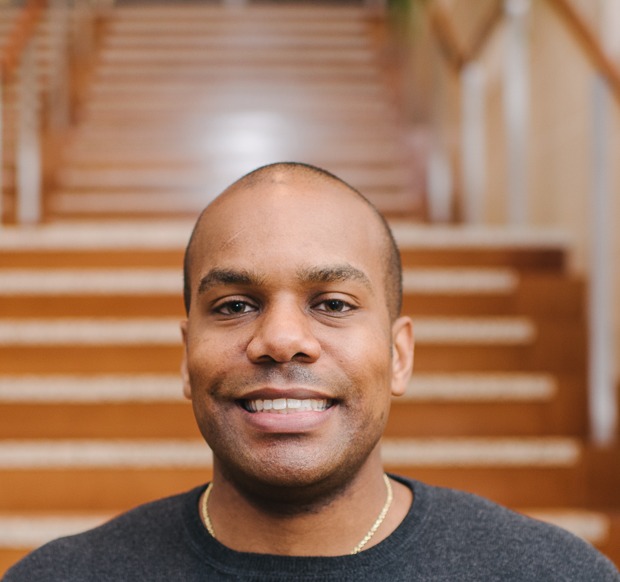 “There are billions of nucleotides in the human genome — way too many to look at individually,” Industry Assistant Professor of Computer Science and Engineering Darryl Reeves explains. “You need an automated approach, and that’s where computational biologists like me come in. Because we have domain expertise in biology along with mathematical and computer science skills, we can develop efficient computer-enabled methods for comparing and analyzing genomes of any size, and that’s made the modern study of genomics possible.” He has also explored communities of organisms such as the human microbiome, which plays host to trillions of bacterial cells in addition to our own human cells. “Some are beneficial, and some can be harmful, but, again, it would be impossible to process, manage, and analyze the entirety of the DNA present in these communities without the help of computers and sophisticated algorithms,” he asserts.
“There are billions of nucleotides in the human genome — way too many to look at individually,” Industry Assistant Professor of Computer Science and Engineering Darryl Reeves explains. “You need an automated approach, and that’s where computational biologists like me come in. Because we have domain expertise in biology along with mathematical and computer science skills, we can develop efficient computer-enabled methods for comparing and analyzing genomes of any size, and that’s made the modern study of genomics possible.” He has also explored communities of organisms such as the human microbiome, which plays host to trillions of bacterial cells in addition to our own human cells. “Some are beneficial, and some can be harmful, but, again, it would be impossible to process, manage, and analyze the entirety of the DNA present in these communities without the help of computers and sophisticated algorithms,” he asserts.
Reeves, who arrived at Tandon after a wide-ranging industry career, has long been fascinated by the field of bioinformatics. “In the past, you might not have been taught to think of biology as a hardcore quantifiable science,” he says. “But technology has changed that. We have so much data now, along with the tools to analyze it, so we are definitely doing increasingly computational and data-rich research.”
Reeves’s interests go far beyond nucleotides and bacteria, however. An avid traveler, he is interested in developing computational models to better understand how foreign languages are learned and mastered. As a devoted fan of his hometown teams, he finds sports analytics to be a fertile field for exploration. (He declines to name those teams for right now, knowing that New York City sports fans can be wildly opinionated, to put it mildly.)
Reeves is especially looking forward to getting into the classroom, where he’ll be teaching the first, Python-based course in the introductory computer programming sequence. “As a member of a group underrepresented in STEM fields, I’m glad under-represented students might find someone relatable early in their study of computer science (almost as soon as they arrive at Tandon),” he says. “I rarely had that during my own school years, so I appreciate how important it can be. Let’s be honest; computer science can be a daunting topic. It takes a lot of work to excel. I hope my students will recognize in me a teacher committed to making the subject accessible and someone happy to be a role model and mentor.”
Alice Reznickova
A culture of sustainability
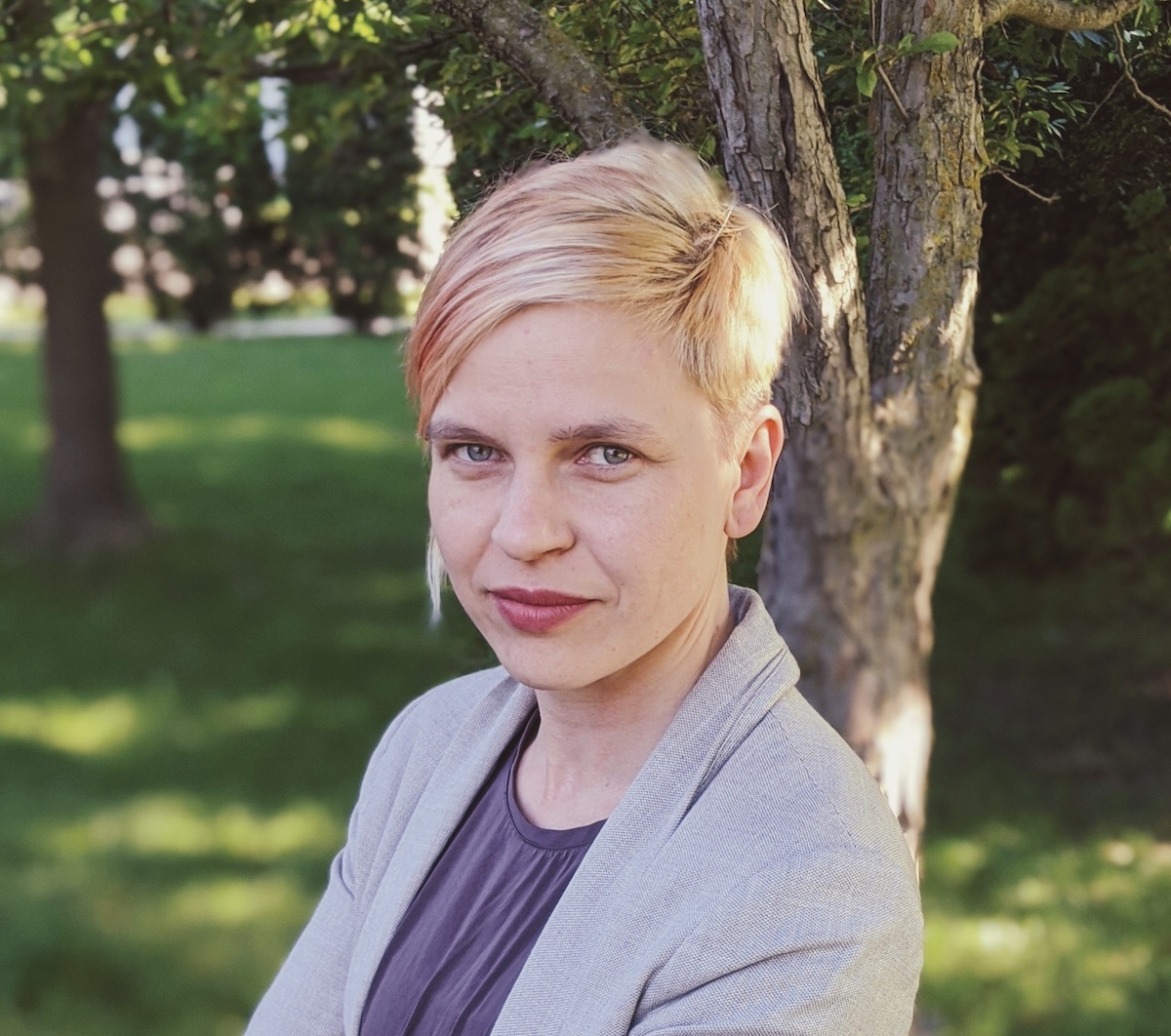 Industry Assistant Professor Alice Reznickova has made many geographic leaps in her life: from her native Czech Republic to Italy, where she embarked upon her studies, and, ultimately, to the U.S. She is now making another, similarly dramatic leap — from Ripon, Wisconsin, a college town with a population of about 8,000 to New York City, with its more than 8 million residents.
Industry Assistant Professor Alice Reznickova has made many geographic leaps in her life: from her native Czech Republic to Italy, where she embarked upon her studies, and, ultimately, to the U.S. She is now making another, similarly dramatic leap — from Ripon, Wisconsin, a college town with a population of about 8,000 to New York City, with its more than 8 million residents.
An expert in sustainable food systems, Reznickova says, “There is simply no better place to explore issues of food access and security, urban farming, and other topics important in my field than New York, which functions as an enormous living lab.”
She is encouraged, as well, by the culture of sustainability that already exists at Tandon, as evidenced by the program in which she’ll be teaching: Sustainable Urban Environments. “The students here are interested in making cities more equitable and livable, and while I don’t want to sound overly idealistic, I really think they will graduate from Tandon with the ability to change the world,” she says.
Reznickova explains that while the issue of food deserts (urban areas with little access to affordable, healthy food) has made the news in recent years, and urban farming is now considered buzz-worthy, the serious study of food systems goes well beyond that. “There’s a concept called food sovereignty that many people might be unfamiliar with,” she says. “It calls for the people most impacted by global poverty and hunger to assert their right to enough healthy and culturally appropriate food to feed their family and for food policies to prioritize people and communities rather than corporations, land grabs, and profits.”
Reznickova, whose work has appeared in such publications as the Journal of Community and Applied Social Psychology, the Journal of Food Distribution Research, and Agriculture and Human Values, was excited to see that Tandon has a Vertically Integrated Projects (VIP) program that allows students to delve into a topic over the course of several semesters — and that an urban farm is already one of those projects.
Before joining NYU Tandon, Reznickova served as the Director of Sustainability and faculty member in Environmental Studies at Ripon College, a small liberal arts school where it is unusual to bump into someone you don’t know on campus. She is undaunted by her move to a much bigger place. “Everyone in the department has common goals, a holistic approach, and a devotion to teaching and learning,” she says. “It’s a community that shares my interests and values, so I feel I am home.”


